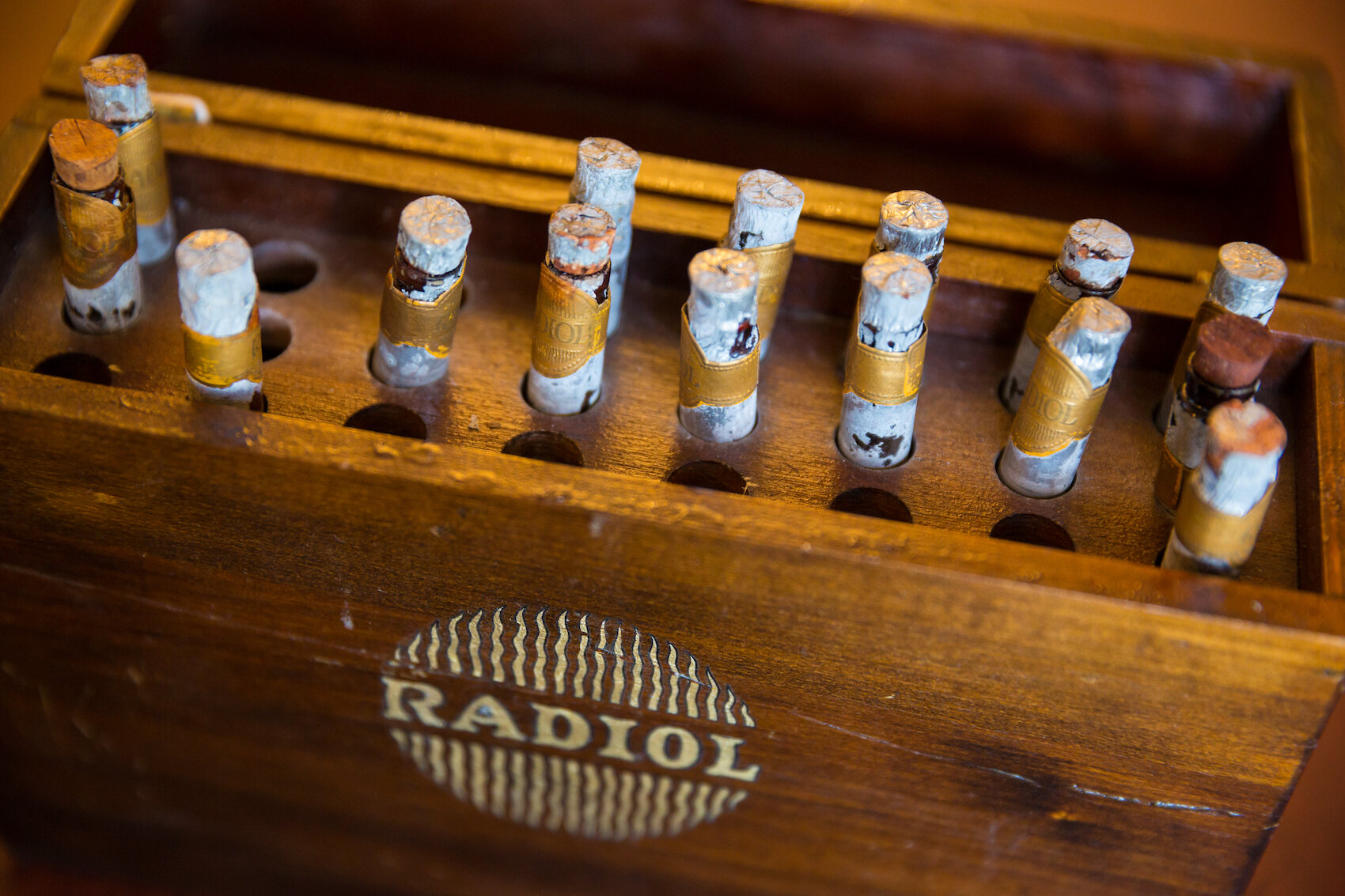
Collections

Collection Highlights: Brainwave Musical Instrument of David Rosenboom
A collection highlight of David Rosenboom’s Brainwave Musical Instrument written by Anastasia Chernysheva, Ph.D. student at University of Illinois Urbana-Champaign.
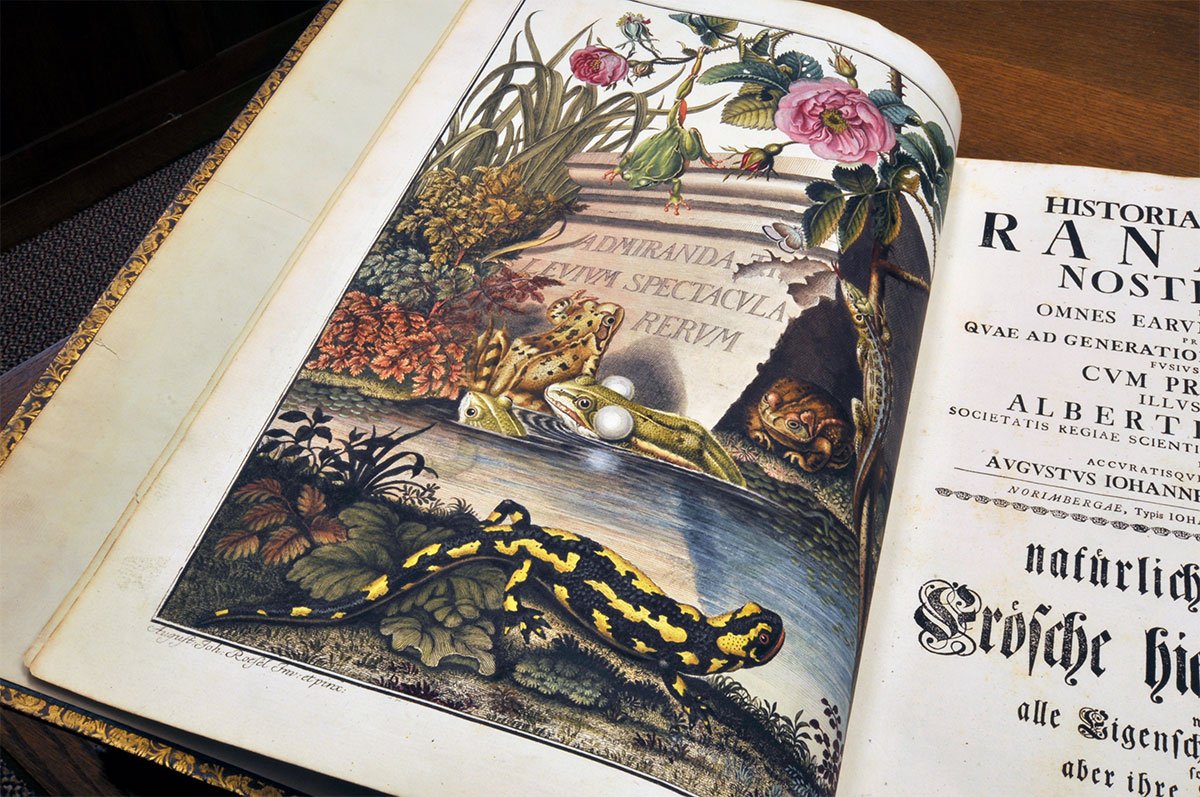
Historia naturalis ranarum nostratium (Natural History of Frogs)
Rösel von Rosenhof’s natural history of frogs is a fun find in The Bakken Museum’s collections.

The Earl Bakken Legacy Collection
After over 1,100 entries, the Earl Bakken Legacy Collection is complete. The many hours I spent working on sorting, organizing, and recording the materials in this collection flew by. I learned so much about Earl, especially semi-retired Earl, who couldn’t stop working to help people feel and be their best.
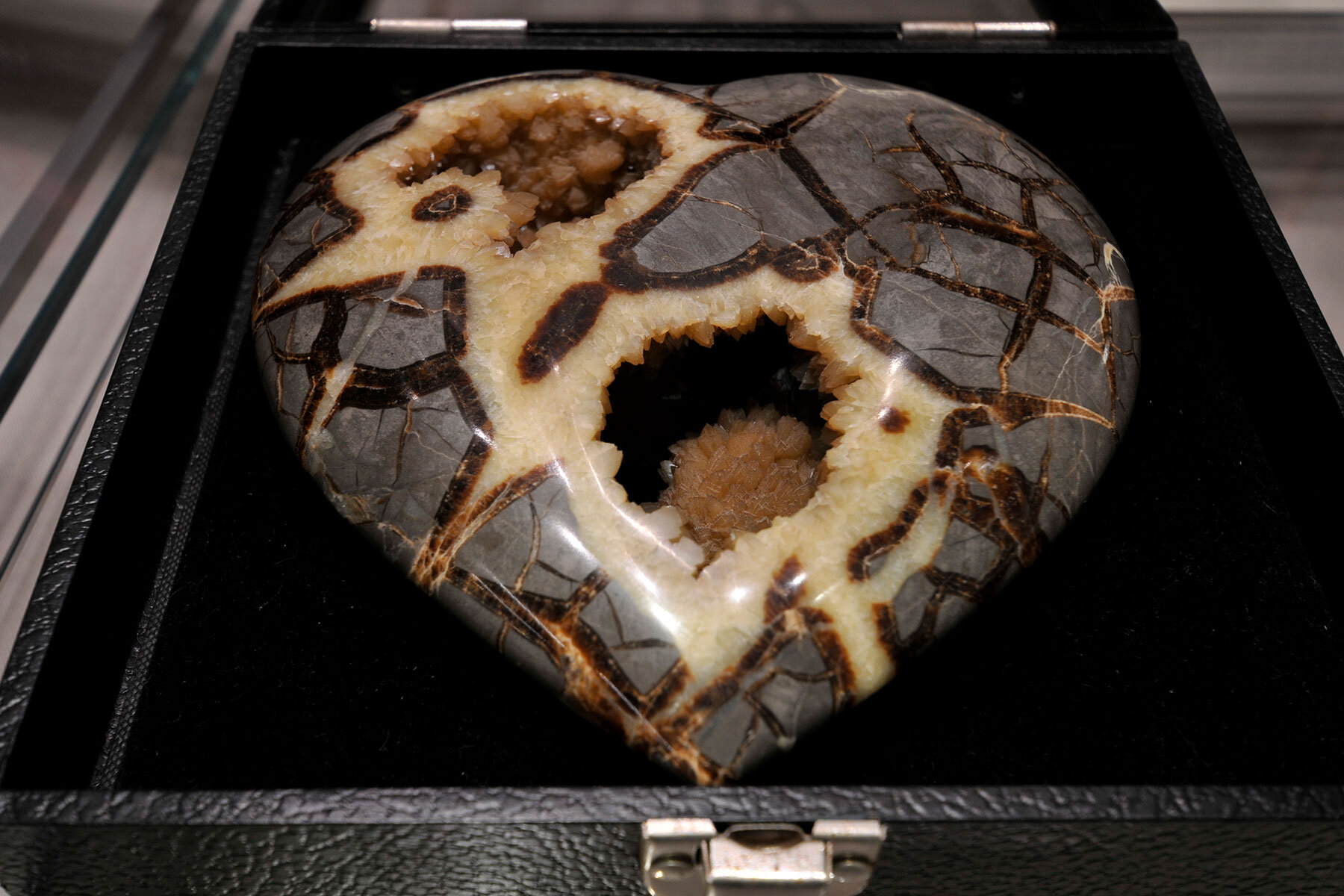
Geode Heart
While science is often about looking forward, it’s also important to reflect on the past. And sometimes, an item can serve as a reminder to pause and remember how far we’ve come.

Whale EKG Reading
Whale EKG Reading from The Bakken Museum’s artifact collection in Minneapolis, Minnesota. Made by Earl Bakken, Dr. Frits Meijler, His Royal Highness Prince Bernhard, Dr. Hein Wellens, Ken Brennanl Bakken, Dr. Frits Meijler, His Royal Highness Prince Bernhard, Dr. Hein Wellens, Ken Brennan
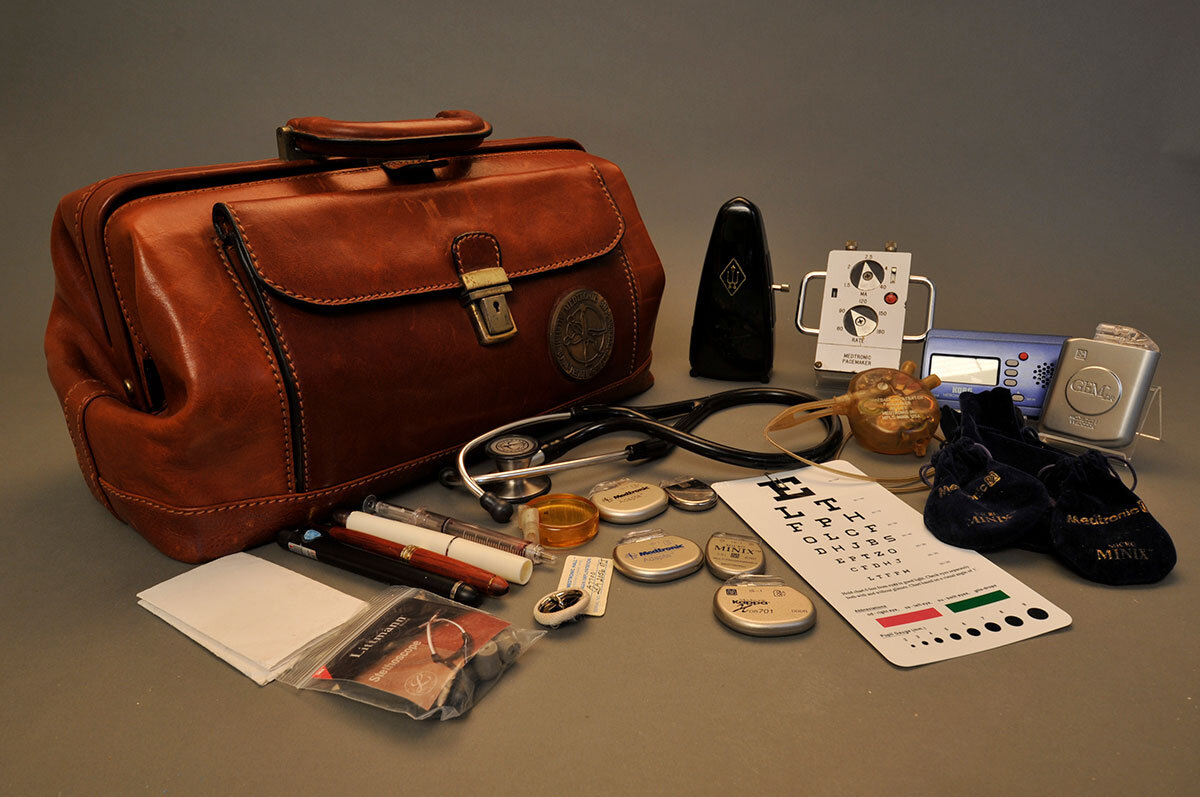
Earl Bakken’s Doctor Bag
Often, Earl Bakken was asked to speak about what had inspired his life of innovating. For many of these talks, he brought along this leather bag filled with the things he thought most important to share.
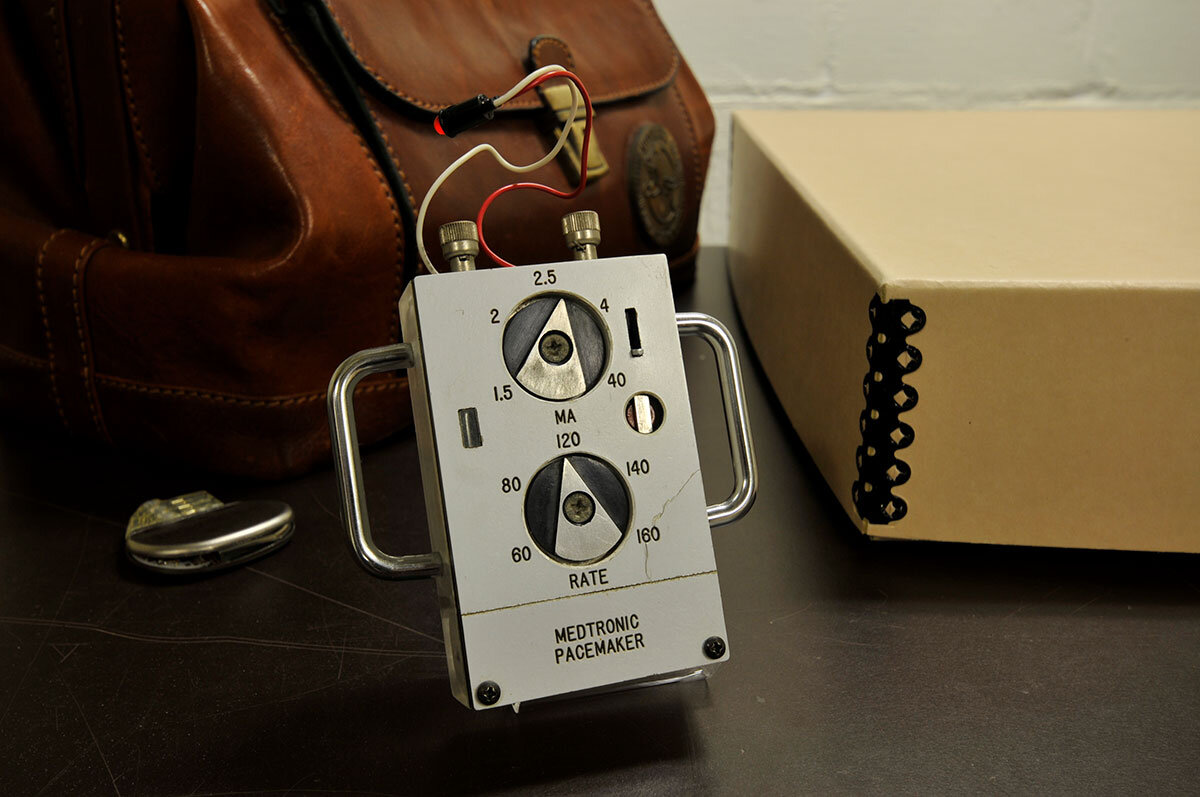
Portable Pacemaker, Model 5800
The Portable Pacemaker, Model 5800, is the third iteration of Earl Bakken’s battery-operated pacemaker and the first one available to doctors outside the University of Minnesota.

Anatomie du Gladiateur Combattant, Applicable aux Beaux Arts
Anatomie du Gladiateur Combattant, Applicable aux Beaux Arts was created by Jean-Galbert Salvage, a French military surgeon who spent much of his scholarly life mapping human anatomical models onto Greco-Roman sculptures.
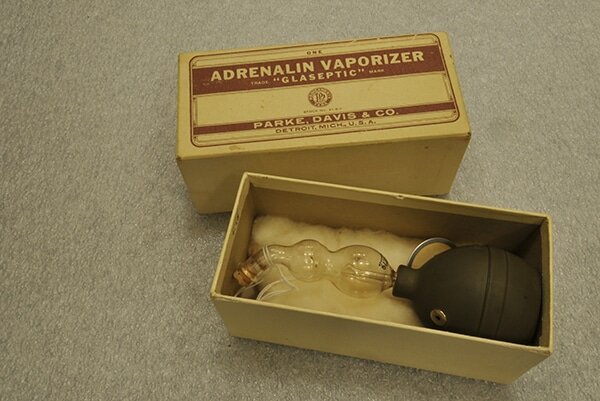
“GLASEPTIC” ADRENALIN VAPORIZER
For folks with severe allergies, carrying an epinephrine autoinjector, such as the familiar brand EpiPen, can be as go-to as car keys or a cell phone.

MAGNES SIVE, DE ARTE MAGNETICA OPUS TRIPARTITUM
In the mid-17th century, Athanasius Kircher tried to create a unified theory that explained how the world fundamentally worked. After years of trying to figure out what made the world work, Kircher believed he found the answer—magnetism.
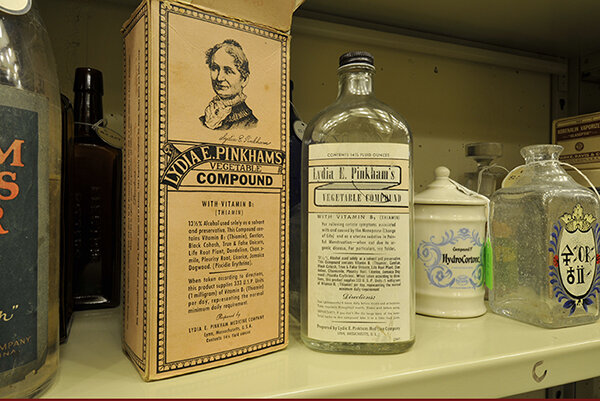
LYDIA E. PINKHAM’S VEGETABLE COMPOUND
At first glance, this piece seems like just another herbal remedy. Dig deeper, though, and you’ll learn the artifact is tied to histories of abolitionism and early feminism. Lydia E. Pinkham, who created this remedy, was a trailblazer of the 19th century.
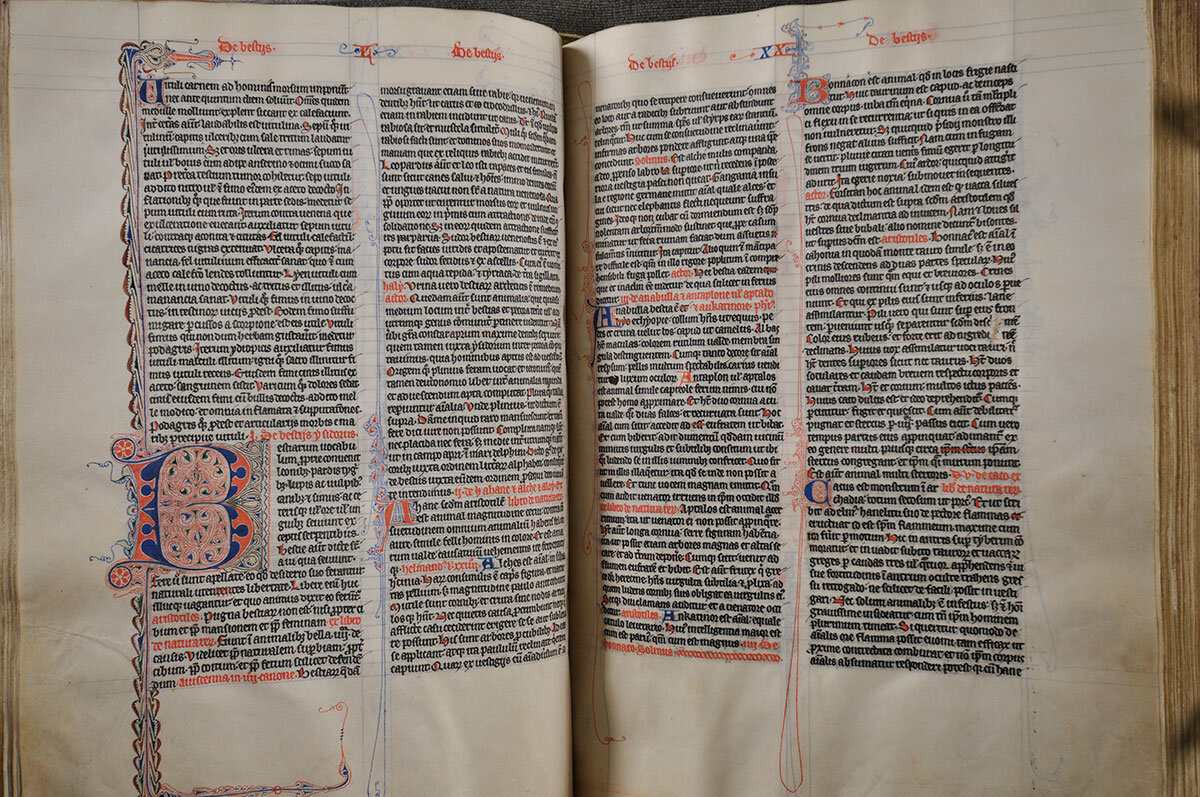
SPECULUM NATURALE
This book, handwritten by Belgian monks in 1280, is the oldest piece in The Bakken Museum’s collections. Well, technically, it’s tied for oldest with the other volume in the collections.
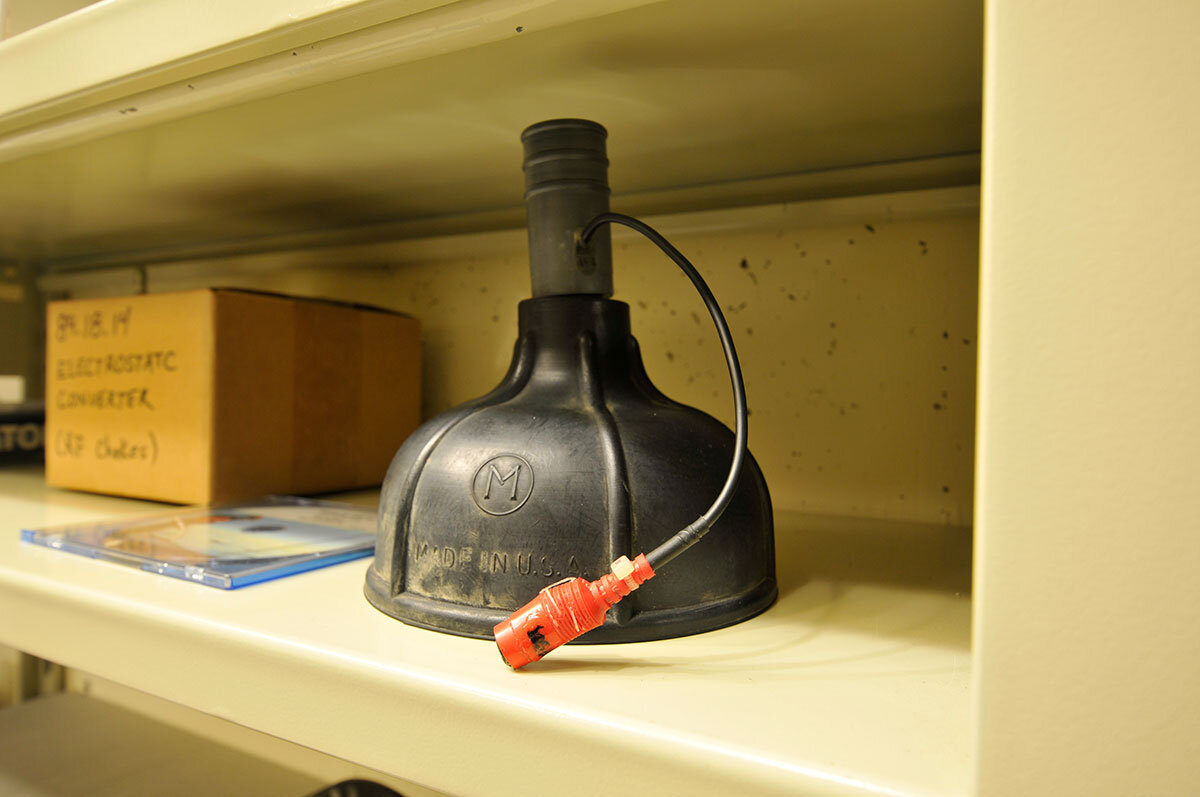
Whale Ekg
This plunger’s been on a high seas adventure. Suspended over the water at the end of a long pole held by a scientist in a small boat, this plunger was meant to gently attach to the side of a whale. This plunger had actually been converted to transmit information about the whale’s heart to the scientists on the boat.
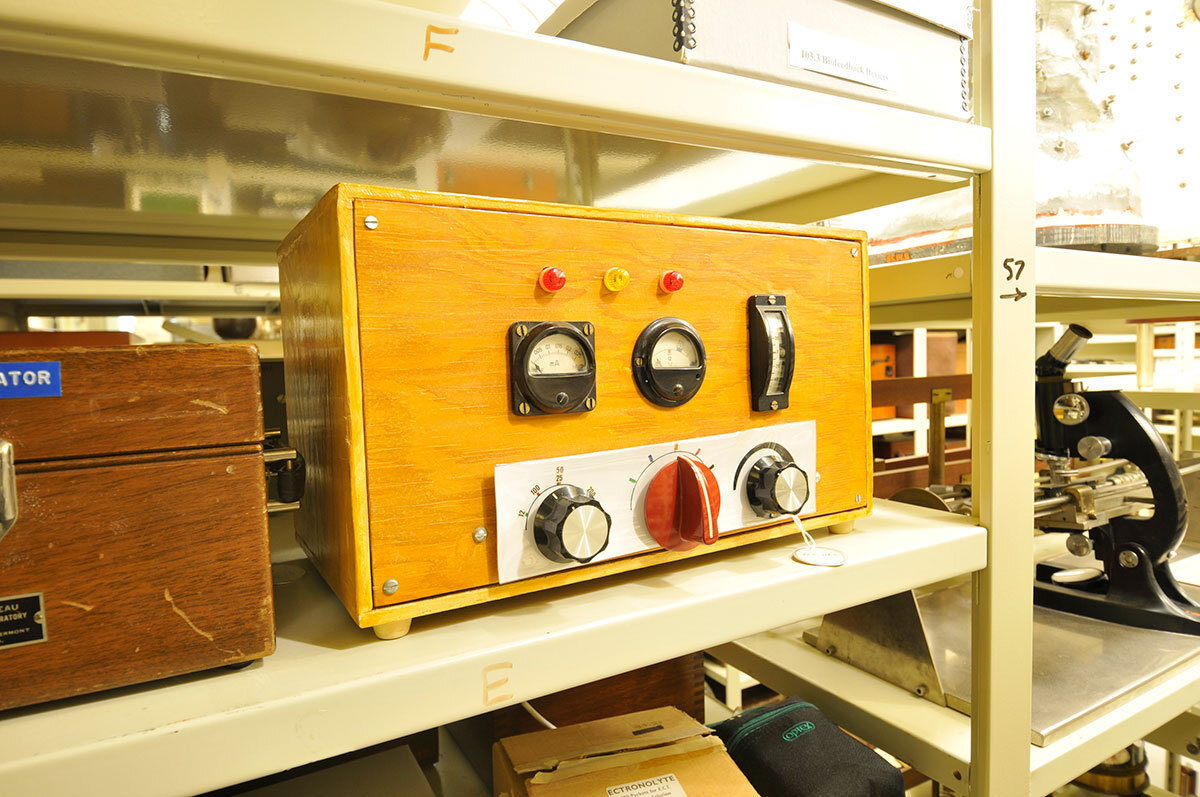
Electrosleep Machine Prototype
While “electrical stimulation” probably makes most people think about shocks and jolts, this device actually uses electrical stimulation to help people fall asleep. The trick is this device sends very gentle pulses rather than discharges that cause shocks.
Make a donation
Donations to The Bakken Museum support the ongoing preservation of our collections.
